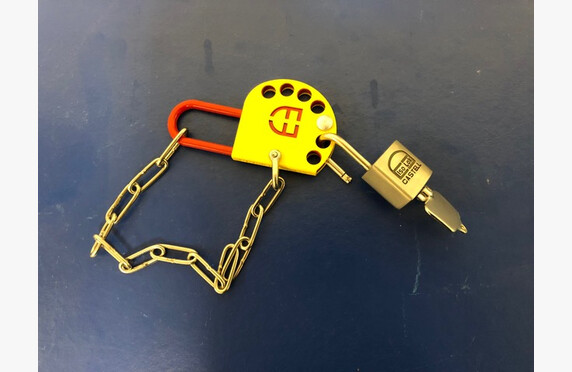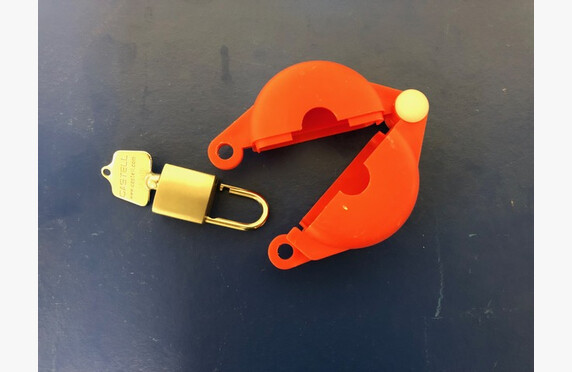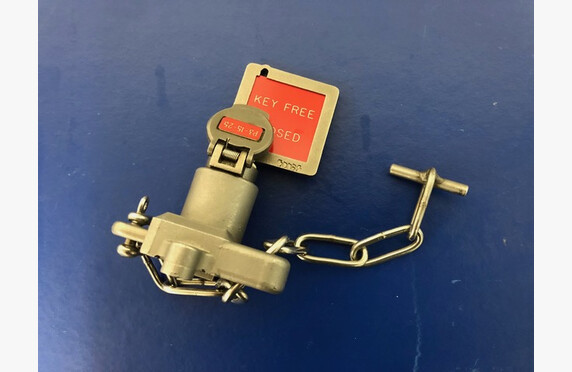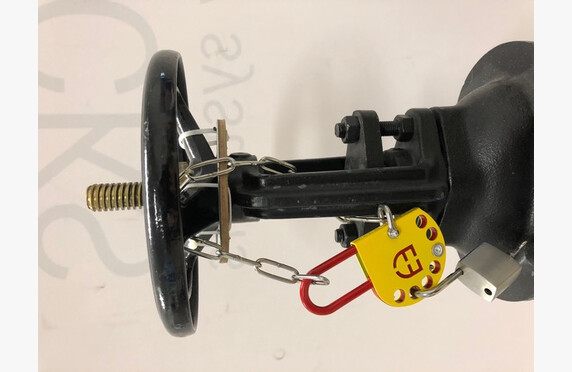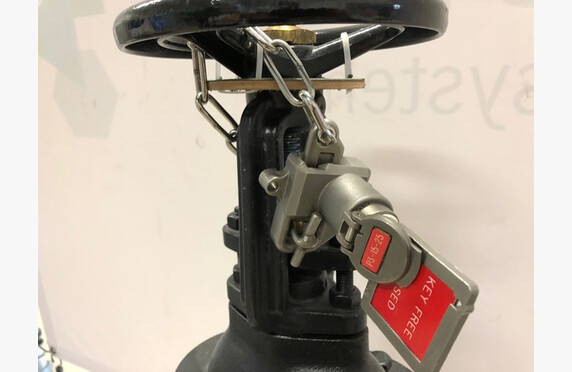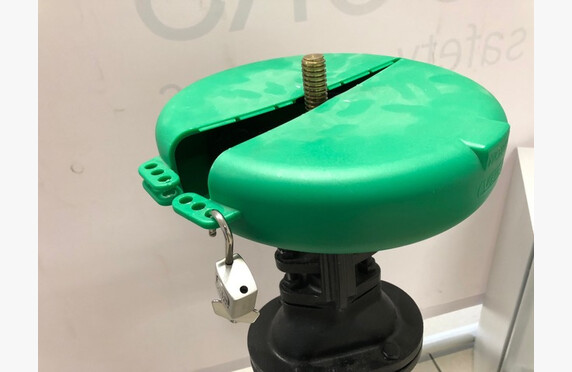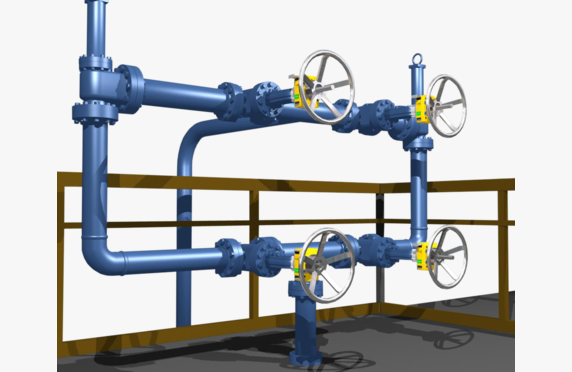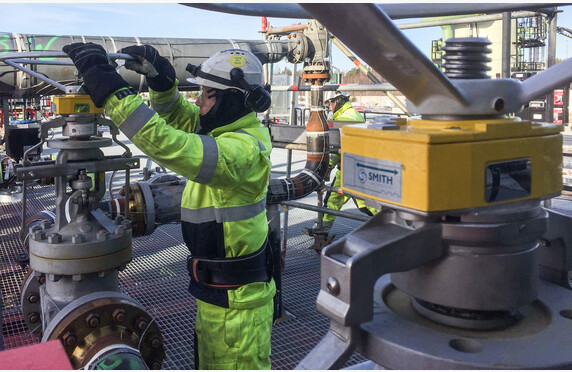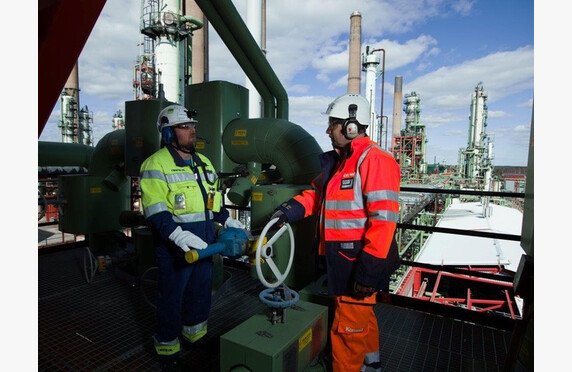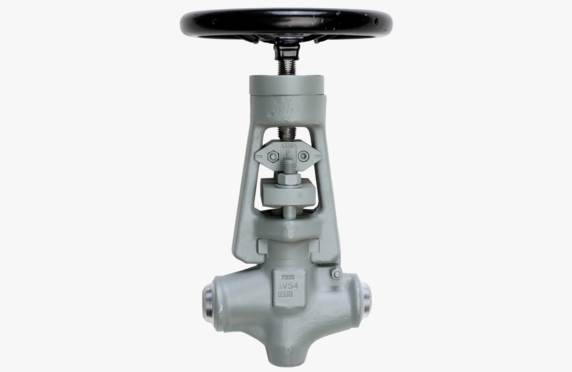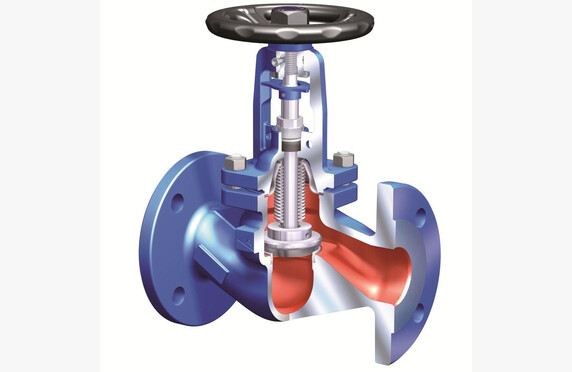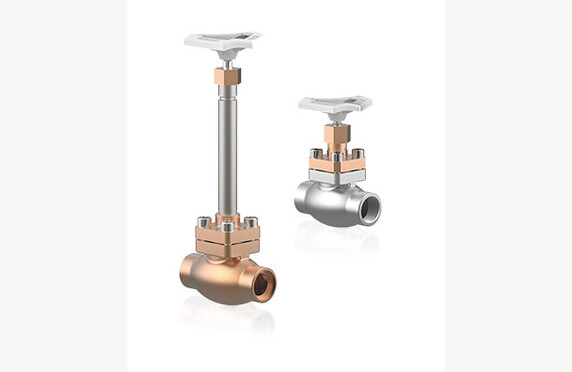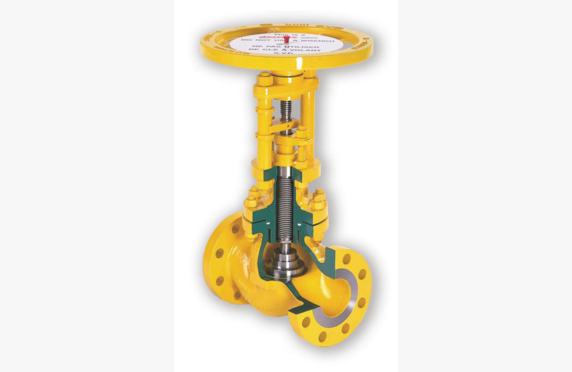Valve lockout systems
Valve lockout systems
Media
Manufacturers
Technical Specifications
Other designations: Lockout, Tagout, Master lock, valve safety locks
What is a valve lockout system?
Work safety is fundamentally linked to the safe operation of processes. According to statistics, numerous industrial accidents are caused by so‐called human errors in operation. Either the wrong valve is operated, or it is assumed that the process valves are in a different position than they actually are.
To prevent such human operational errors, a program was developed in the United States by The Occupational Safety and Health Administration (OSHA) called The Control of Hazardous Energy Source Standard, which now serves as an international standard for managing accident risks. In Finland, the concept known as Lockout/Tagout has become a useful term, which simply means reliably disconnecting the energy supply (Lockout) and marking the disconnection (Tagout).
At its simplest, incorrect operation can be attempted to be prevented by a “do not turn” sign, or by tying something to the valve that obstructs, or at least slows down, operation—a rope or some other contraption. However, safety locking is only considered achieved when operation is prevented by some type of lock. On this site, we present various options for implementing safety locks, ranging from simple chain locks to advanced Interlock safety locks, which can also create sequential orders for operating multiple valves.
Selection of a valve lockout system
The following flowchart helps determine whether a lock is needed at all for the target, and if so, what kind. For example, if it concerns a safety device, such as a dual-redundant safety valve, Tukes has determined that a chain lock does not eliminate human operational errors, but that an Interlock sequence is required at the site. The same applies if it is important that the valve is definitely 100% open or closed after operation.
By “sequence” it is meant that several valves are operated in a planned order one after the other. In these cases as well, the Interlock safety lock eliminates “human errors”.
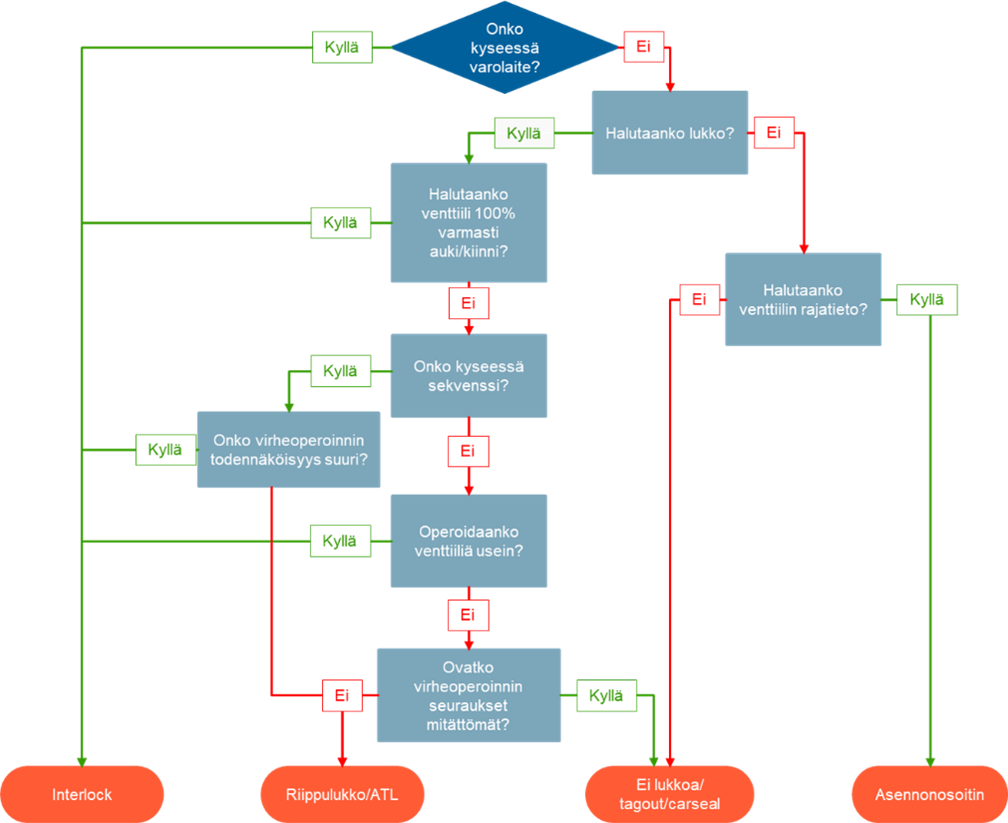
In our blog post Valve Safety Lock Options, the differences between these various locking options are explained in further detail. The possibilities of key management systems are explained in a separate blog post.
Simple Safety Locks
Various locking cable locks or protective covers that lock hand wheels are simple and cost-effective ways to perform valve LOTO (Lockout/Tagout) safety locking. Lockout/Tagout means reliably disconnecting the energy supply (Lockout) and marking the disconnection (Tagout).
From Cable Lock to Hand Wheel and Handle Protective Cover
A Lockout/Tagout (LOTO) lock can be created by tying the valve’s hand wheel with a cable so that its operation becomes impossible. At its simplest, it can be implemented using CarSeal straps designed for industrial use, which operate on the principle of a cable tie and are therefore disposable.
A more advanced version is various cable locks that are secured with a mechanical key lock. The cables can be either fixed-length or adjustable. Multiple locks can be attached to a single cable, which can, for example, be color-coded to ensure that the lock is secured by two or more persons. The keys can be personalized so that a particular department or even an individual has their own lock, with which they lock and are the only one who can remove it.
The possibilities for key codings are unlimited.
Another option for performing the lock is to prevent the valve operation by protecting and mechanically locking the hand wheel or handle with a protective cover. In this case, the key system works the same as in chain locks.
Not only valves, but various other targets, such as electrical systems, can be locked with mechanical locks.
For managing keys and locks, our software offers various storage cabinets. An essential part of the LOTO system is the marking (Tagout) that must be performed in connection with the locks (Lockout), so that incoming personnel observe and understand that a part of the process has been intentionally isolated from normal operation.
These marking supplies are also available in our product range.
Valve interlocks
A more advanced method to lock a valve is the interlock. It eliminates the risks of manual operation by enforcing a pre-planned operational order, thereby ensuring the safety of both the process and the worker. The manufacturing of Interlock safety locks is handled by process safety equipment manufacturer Sofis.
How does the interlock work?
In a safety lock, a locking device is installed over either an existing or a new valve, which operates with a separate key. The key is typically stored in a dedicated key cabinet in the production facility’s control room. Without the key, the safety lock cannot be operated.
The keys for safety locks are typically marked with both text identifiers and color codes. The color code provides an at-a-glance indication of whether the valves in the process are in their default or abnormal positions.
It is even possible to automate the key management system. This is explained in more detail in our blog post.
See the operation of the locking device and an example of color coding in this video.
System locking options – sequences
Operations in processes often require that multiple valves be operated consecutively. In such situations, the strengths of interlock safety locks come to the forefront. It should be noted that, for example, TUKES has begun to require that in tanks with several safety valves, it must be ensured that not all backup devices are accidentally closed at the same time. This assurance is easily achieved with an Interlock locking system.
See a sequence example in the video.
Installation on existing valves
The Interlock safety lock is suitable for all valve models – including actuator-controlled valves – and for all nominal sizes. It is also easy to install retroactively. In such cases, our installers will measure the end-to-end dimensions of the old valve, upon which the factory manufactures an adapter piece to be placed between the locking device and the valve. Our installation team has undergone official factory training, so the installation and adjustment of safety locks is handled with ease.
We have also held a webinar on interlock safety locks, which you can watch below.
Download Brochures

Sofis SFC Interlocks
Lataa PDF